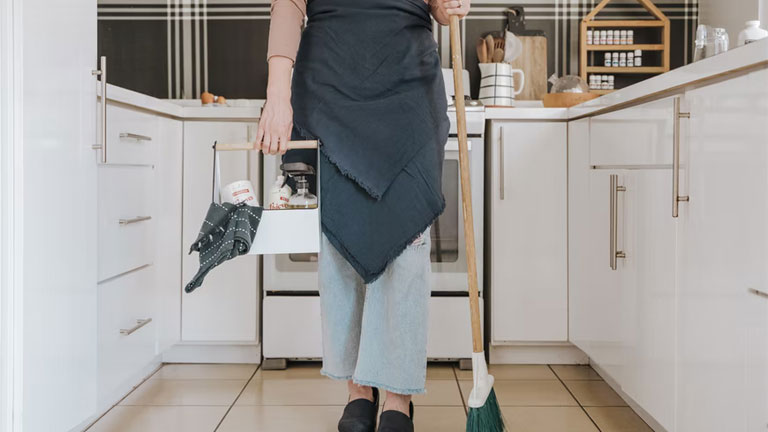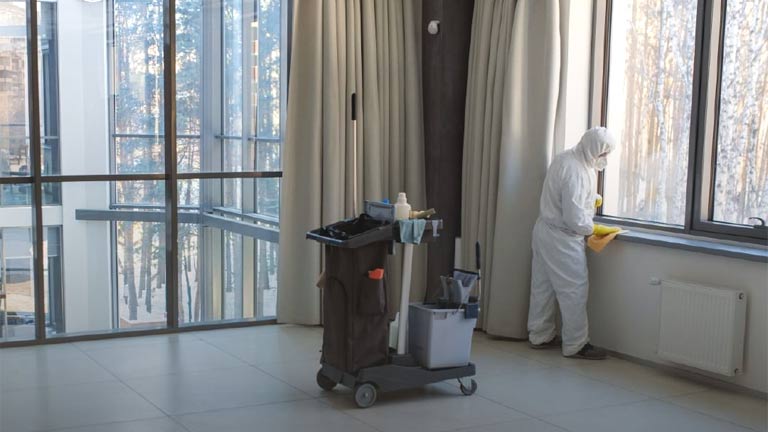 We have all heard horror stories about the family who was always sick and couldn’t figure out why. With no diagnosis, they struggled to heal. Often, an older resident or someone with a compromised immune system ended up in the hospital. Just as all seemed lost, the answer invariably turned out to be hidden mold in the home.
We have all heard horror stories about the family who was always sick and couldn’t figure out why. With no diagnosis, they struggled to heal. Often, an older resident or someone with a compromised immune system ended up in the hospital. Just as all seemed lost, the answer invariably turned out to be hidden mold in the home.
But while hidden mold does pose a health threat, you needn’t panic that your home is trying to kill you unless there are a few clear signs that mold is the issue. If you see any of these signs, simply call a reputable mold inspector to come out and do some testing. The problem is definitely fixable once the source is located.
However, if you don’t see any of these signs, chances are good that it is simply seasonal allergies or a hardy cold virus that is challenging the family. The symptoms can be very similar to cold or flu, including coughing and restricted breathing, headaches, diarrhea, and itchy skin or eyes.
The first thing to remember is that mold needs a constant water source to thrive. High humidity coupled with the following clues suggests that you may need a mold inspector more than a doctor.
1. The chimney smells weird
The porous bricks and mortar that comprise a chimney can allow moisture to seep in and linger, which make them a common location for mold. A rusty or damaged chimney cap may also let in water that shouldn’t be there. Your chimney may have mold if you smell musty air coming from it when the wind blows in a certain direction.
2. Bubbling paint
Paint begins to bubble under exposure to water. The source could be drafty windows, lack of ventilation in a humid space, or a slow water leak behind the wall. Mold also often grows in bathrooms when the exhaust fan isn’t working effectively. In any case, the source of the moisture will need to be determined and fixed before you can repaint.
3. The floor feels squishy
If you can feel that a certain section of the floor is softer than the rest, it may be that there’s a leak under the floorboards. A warm spot on the floor is another clue that means the hot water supply is at issue. It’s important to catch this early – if the flooring is still in good condition, a mold removal product may be all that’s needed. But if the floorboards have rotted, they will need to be replaced.
4. Lumpy insulation
Insulation that appears lumpy is most likely holding water. This frequently happens in attics when the roof is leaking. The insulation is also often exposed in the attic, so it’s one of the easiest places to check for an issue. Attics in general can be problematic if there isn’t enough air circulation to keep humidity levels in check.
If you can’t actually see the mold spores (they look like black specks), a persistent musty smell is often the first clue that hidden mold is present. But even if you can’t smell it, mold might still be harming your family if any of the other signs we’ve noted are present. Don’t panic, but don’t put off that call to the mold inspector. The earlier a problem is caught and fixed, the sooner everyone in the home will start feeling better, and the less expensive the repairs will be.




